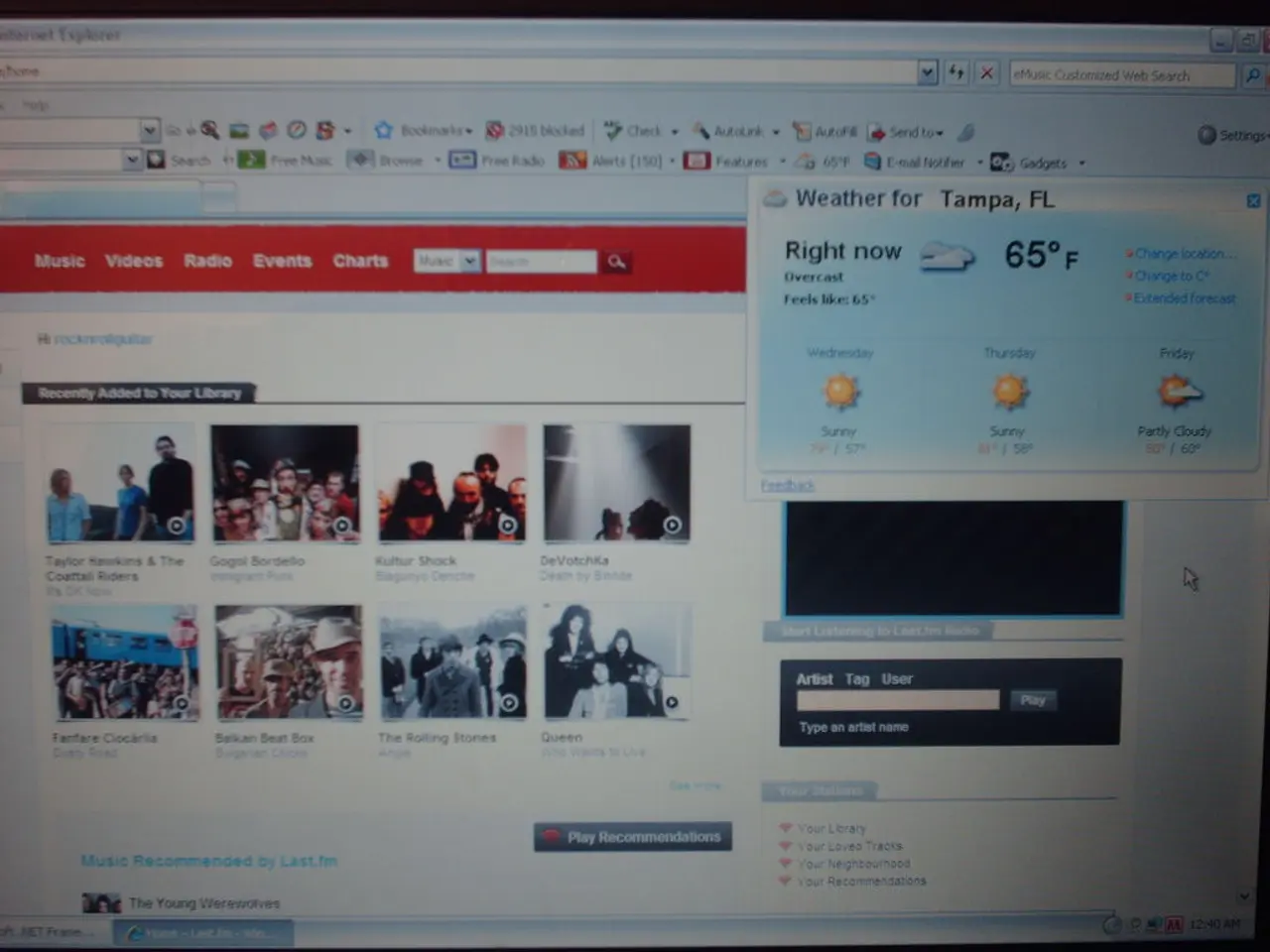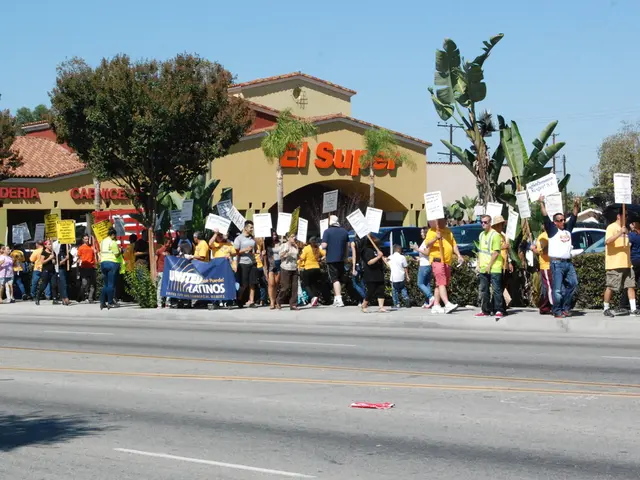YouTube creators experience notable decreases in viewership after unannounced adjustments in algorithm
In the midst of August 2025, a significant shift began to unfold in the YouTube creator community. Josh Strife Hayes, a popular content creator, noticed that 14 out of 30 recent videos were removed from his channel, despite no apparent age restrictions or policy violations as per YouTube Studio.
This period coincided with a flurry of YouTube policy updates and feature launches, including enhanced detection systems for unoriginal content, improved viewer analytics, and AI-powered content modification tools. However, these updates seem to have brought about unintended consequences for creators.
The changes in YouTube's recommendation algorithm and increased competition from emerging video platforms are primarily responsible for the substantial viewership declines reported by creators across various genres, starting mid-August. Skill Up, a long-standing YouTube content creator, reported a 30% drop in viewership, describing the decline as "too obvious to ignore" after ten years of YouTube content creation.
The investigation by gaming channel Bellular News revealed a similar trend. Desktop viewership drastically decreased while mobile traffic increased after August 13, leading to a shift in the desktop-to-mobile traffic ratio from 56% desktop preference in July to 39.3% after August 13, representing a 16.7% swing toward mobile consumption.
Mobile application usage provides higher monetization potential through reduced ad-blocking capabilities compared to desktop browsers. This shift towards mobile consumption could be a strategic move by YouTube to capitalise on this monetization potential.
However, the situation is not without controversy. YouTube's AI enhancement systems have attracted separate controversy in August when creators discovered automatic video modifications that altered visual content without permission. This has led to concerns about bot traffic and artificial engagement, paralleling issues faced by other platforms.
The timing of these events also coincides with YouTube's closure of its trending page and shift towards category-specific discovery mechanisms. Creator analytics tools lack visibility into restricted mode filtering, creating information gaps for content optimization. Recent policy clarifications address some of these creator concerns, but the situation remains complex.
Moreover, the decline in predictable viewership metrics affects sponsor relationships and campaign valuation methods across the creator economy. Content creators have documented unusual changes in engagement metrics following the August timeline, including shifts in views-to-likes ratios and views-per-like metrics.
Youtube's enhanced collaboration features represent efforts to maintain creator engagement while implementing stricter content controls. However, the real-time analytics behaviour also changed during this period, with private real-time view counts appearing lower than public metrics.
Josh Strife Hayes documented extensive use of YouTube's restricted mode filtering that operates without clear notification systems. This lack of transparency has added to the concerns of creators who are struggling to understand and adapt to the new YouTube landscape.
As the dust settles, creators are left grappling with the impact of these changes, seeking to navigate the evolving YouTube ecosystem and secure their future on the platform.
Read also:
- The Cost of Speech is Zero, True Strength Lies in Unity
- Beginning a Food Truck Venture: Crucial Stages to Achieve Profitability
- Aiming to simplify the move towards cleaner automobiles, the newly established ministry plans to take direct action with Pannier-Runacher, Létard, and Vautrin at the helm.
- "The imperfect yet essential documentary, "Planet of the Humans," raises challenging and uncomfortable inquiries"




